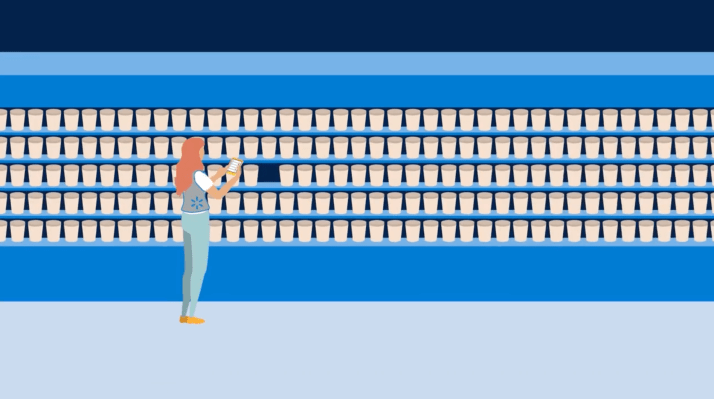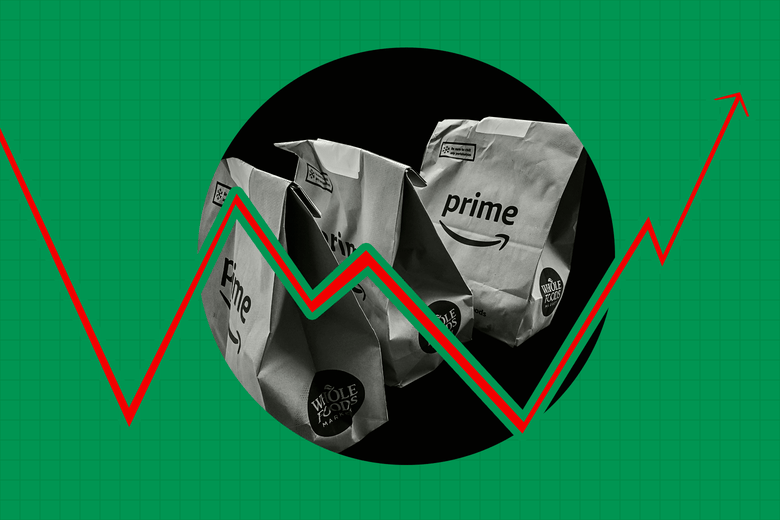
Why fast-track grocery delivery apps could soon leave supermarkets on the shelf
O ver the past year, you may have noticed the rapid growth in all kinds of app-based delivery services. For a while, supermarkets weren’t involved: traditionally, the industry does not grow very much. The margins are small, but predictable.
But something strange has happened: interest and investment in app-based delivery has exploded, with various fast-track services offering to have groceries at your door within a specified number of minutes. Weezy is the market leader in the UK, but you may also have heard of Fresh Direct or Sainsbury’s 60-minute delivery option, Chop Chop. Grocery is a multibillion-pound industry that appears to be in the midst of a massive disruption.
One of the most famous business cases here is the story of Webvan. It was one of the first grocery delivery apps, started in the late 1990s in the US, but it also offers a cautionary tale. It was fuelled by massive investment, all too common for the dotcom era. It built massive warehouses, and bought trucks, delivery vehicles and machinery in a bid to become a digitally enabled grocery delivery chain. It raised US$800m, and ended up bankrupt three years later.
So why is this rash of apps any different? Onlookers could be forgiven for seeing the massive losses posted by some of the companies, and thinking they could be heading in the same direction. Simultaneously, you may also wonder at the even larger investments that continue to pour into them. If you are confused about why this is possible, you’re not alone.
























